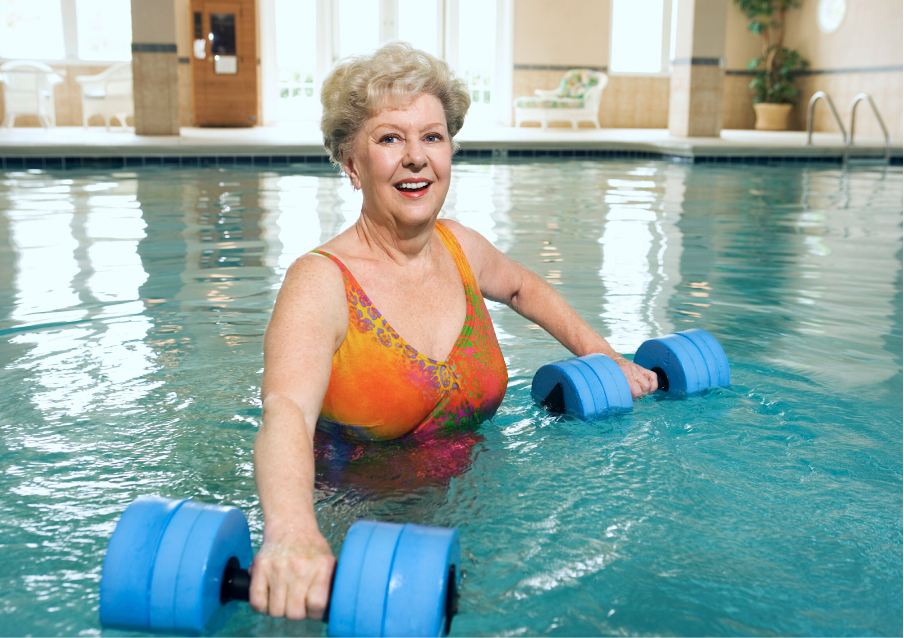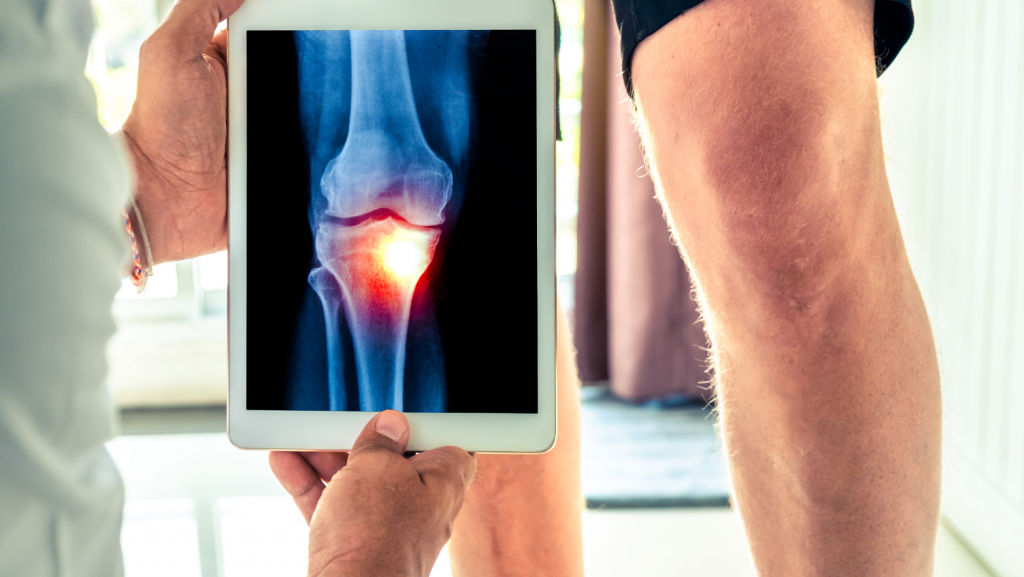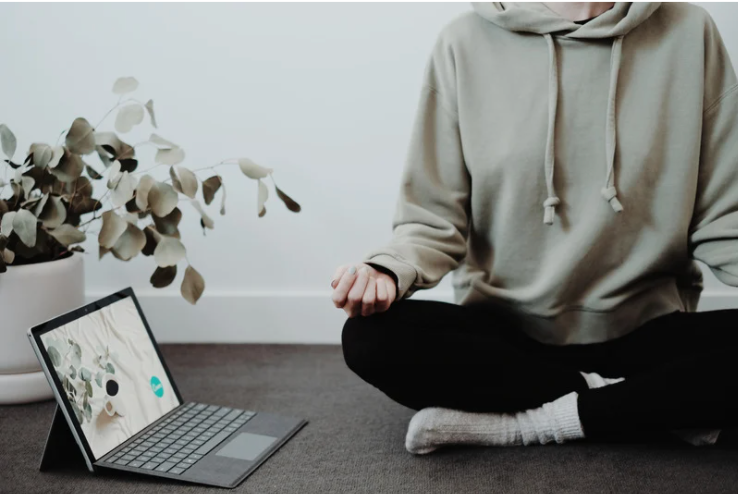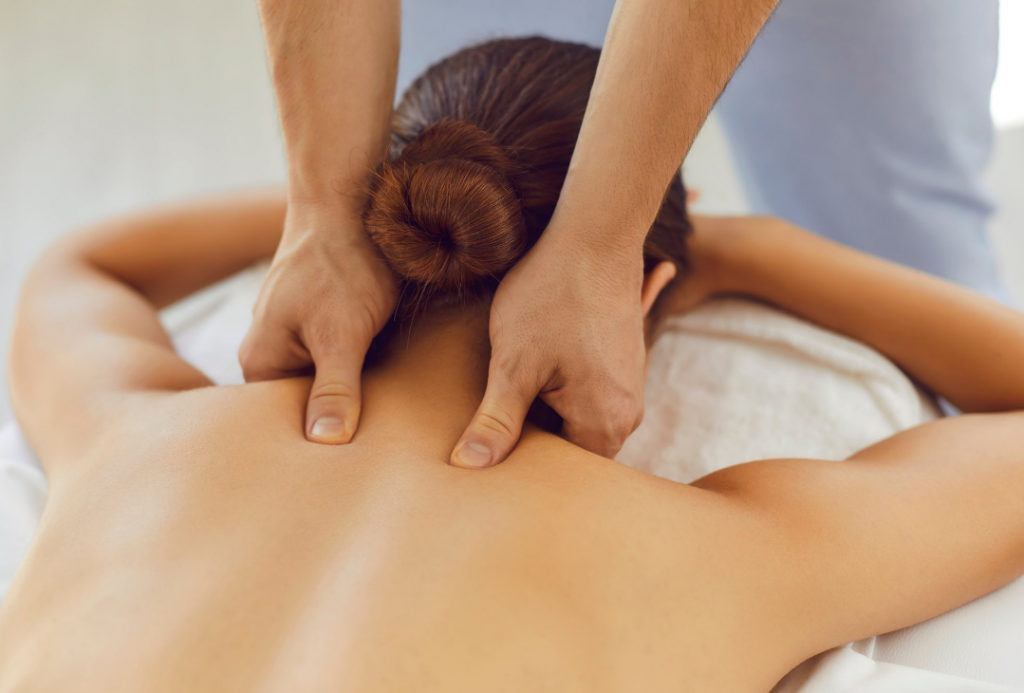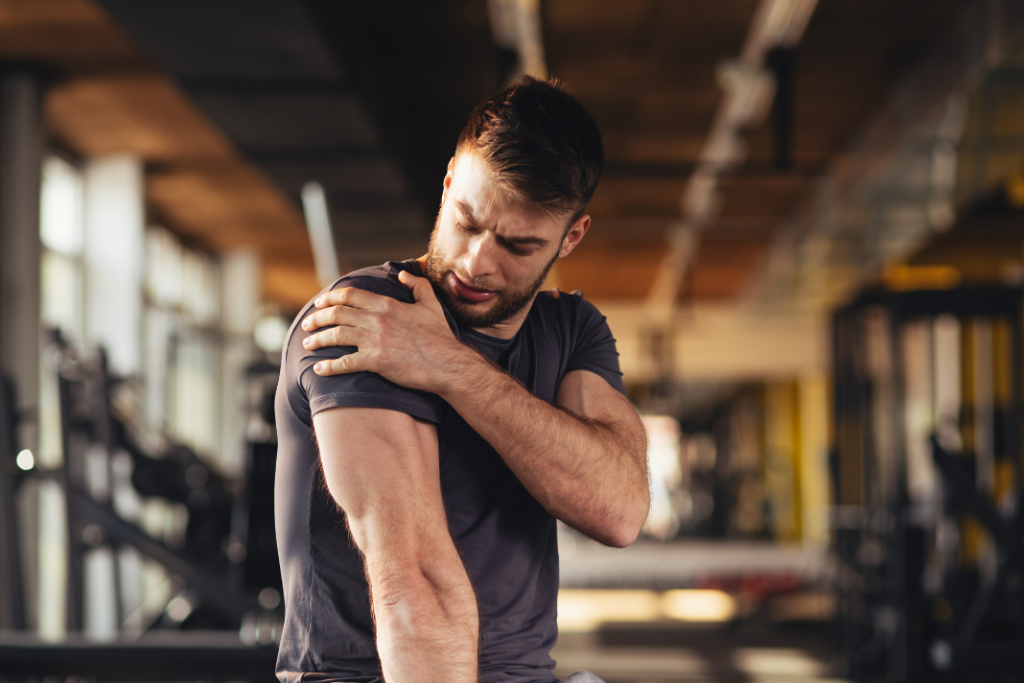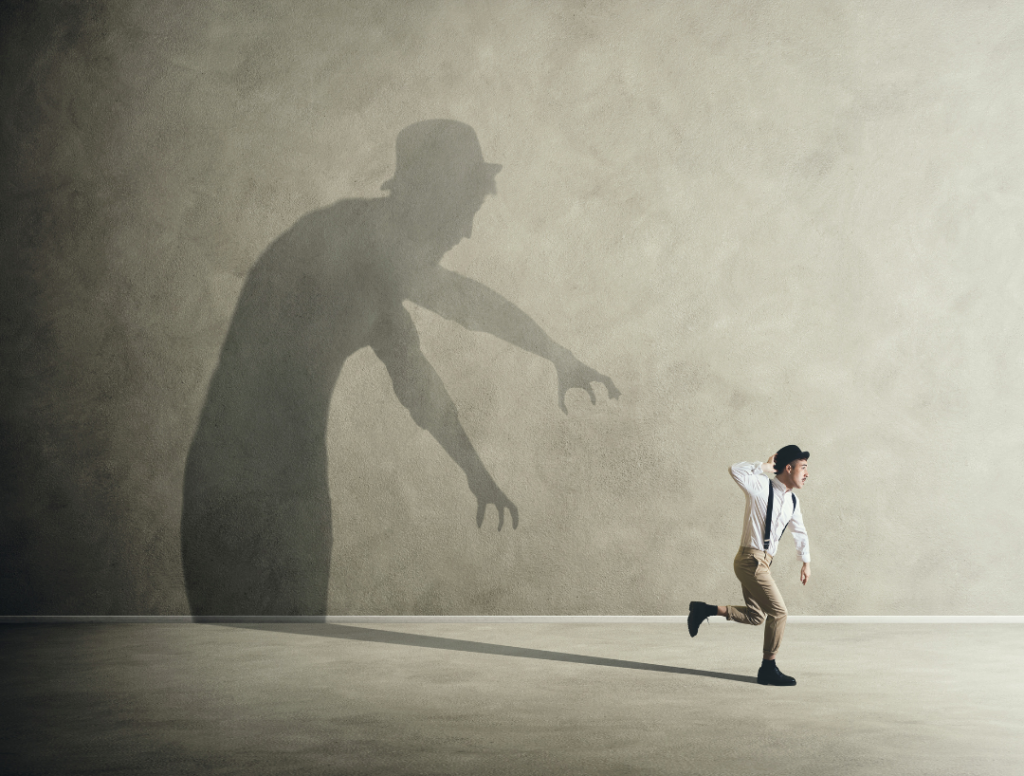Our Vote for Hydrotherapy
Can going to the hot pools be considered therapy? We believe that there’s good reason to say yes! Hydrotherapy, as the name suggests, is a form of rehabilitation using water – and it really doesn’t get the credit it deserves. It can involve simply relaxing in the warmth of warm water, completing rehabilitation exercises to […]
Our Vote for Hydrotherapy Read More »
